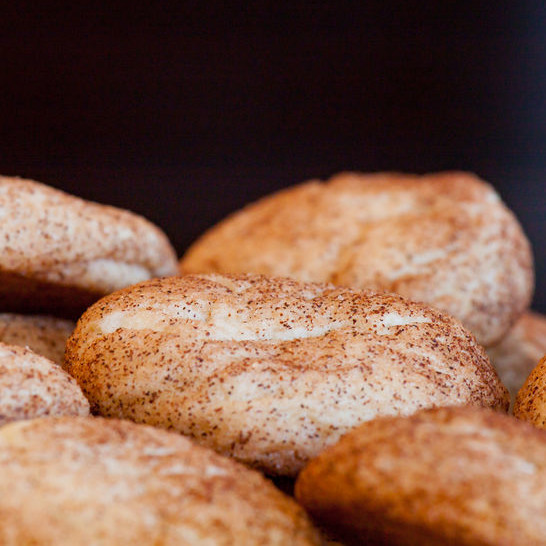
Cream of Tartar
What is Cream of Tartar?
Cream of tartar is the potassium acid salt of tartaric acid, otherwise known as potassium acid tartrate or potassium bitartrate. Although it has many uses in food and beverages, it primarily finds use as a component of leavening systems for bakers.
Properties of cream of tartar:1
- Chemical formula: KC4H5O6
- Molecular Weight: 188.177
- White crystalline powder or colorless or slightly opaque crystals
- Slightly soluble in cool water, 0.6 grams in 100 ml at 25◦C
- Readily soluble in hot water, 6.1 grams in 100 ml at 100◦C
Origin
Potassium acid tartrate occurs naturally in grapes. Because of its low cold water solubility, it crystalizes and forms a sediment during the wine making process. Therefore, it was first discovered as crystals on the inside of a wine container.
It gained popularity in the baking industry when acids were needed to react with baking soda. In the 1840s an English chemist, Alfred Bird, combined cream of tartar with baking soda to make the first product resembling baking powder.2
Function
Some of the key functions of cream of tartar for bakers are:
- As the acid component of baking powder, a dry mixture of sodium carbonate and acid. Once baking powder is incorporated into a dough, the moist warm environment causes an acid and base reaction that produces carbon dioxide bubbles which lighten the texture of a baked good.1
- To control the size of sugar crystals in icings by regulating the inversion of sucrose. It prevents icings from getting a grainy texture and keeps them smooth and glossy.3
- Stabilizes recipes that require whipped egg whites, such as meringues and angel food cake. Cream of tartar helps the egg white proteins denature and form a foam, yet keeps the proteins from bonding too tightly and collapsing.3
Nutrition
21 grams of potassium are present in 100 grams of cream of tartar.4
Commercial Production
Cream of tartar is obtained by extracting the sediment that is removed from clear wine, argol. Hot water will dissolve cream of tartar from the sediment and once filtered and cooled, pure crystals of potassium acid tartrate remain.1
Application
Cream of tartar finds use in cake and cookie recipes as a leavening agent and a stabilizer.
- Compared to other leavening acids, it has a milder and more pleasant taste.
- Optimum use of cream of tartar in angel food cake is ¼ tsp per egg white.5
Cream of tartar also works well in cookie recipes with high sugar content like snickerdoodles, and produces a nice chewy cookie texture by its ability to control sugar re-crystallization.3
FDA Regulations
In the United States, cream of tartar (potassium acid tartrate) is affirmed as a Generally Recognized as Safe (GRAS) food substance for use under the following conditions:
- As an anticaking agent, antimicrobial agent, formulation aid, humectant, leavening agent, pH control agent, processing aid, stabilizer, thickener or a surface-active agent.
- The ingredient has no limitations other than Good Manufacturing Practices.
- Meets the specifications of the Food Chemical Codex (FCC) 3rd edition. (21 C.F.R. § 184.1077 2018)
References
- USDA National Organic Program. Potassium Acid Tartrate, Technical Evaluation Report. 2017. https://www.ams.usda.gov/sites/default/files/media/Potassium%20Acid%20Tartrate%20TR%20Final%2001%2011%2017.pdf. Accessed 6 Feb 2019.
- Panko, B. “The Great Uprising: How a Powder Revolutionized Baking”, Smithsonian. June 20, 2017.
- Clay, A. Baking 101: “Cream of Tartar is Simply Stable”, The Sentinel. 20 May 2014. https://cumberlink.com/entertainment/food/baking-cream-of-tartar-is-simply-stable/article_b567d382-e085-11e3-9c31-0019bb2963f4.html. Accessed 6 Feb 2019.
- Vinicas. Cream of Tartar: Nutritional Information. www.vinicas.com/site/files/cert/Cream_of_Tartar_Nutritional_Certificate.pdf. Accessed on 6 Feb 2019.
- Oldham, A, Mccomber, D, Cox, D. “Effect of Cream of Tartar Level and Egg White Temperature on Angel Food Cake Quality.” Family & Consumer Sciences Research Journal . 29.2. 2000.

